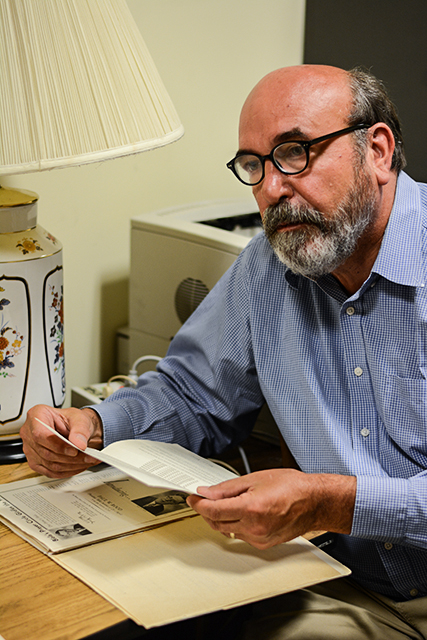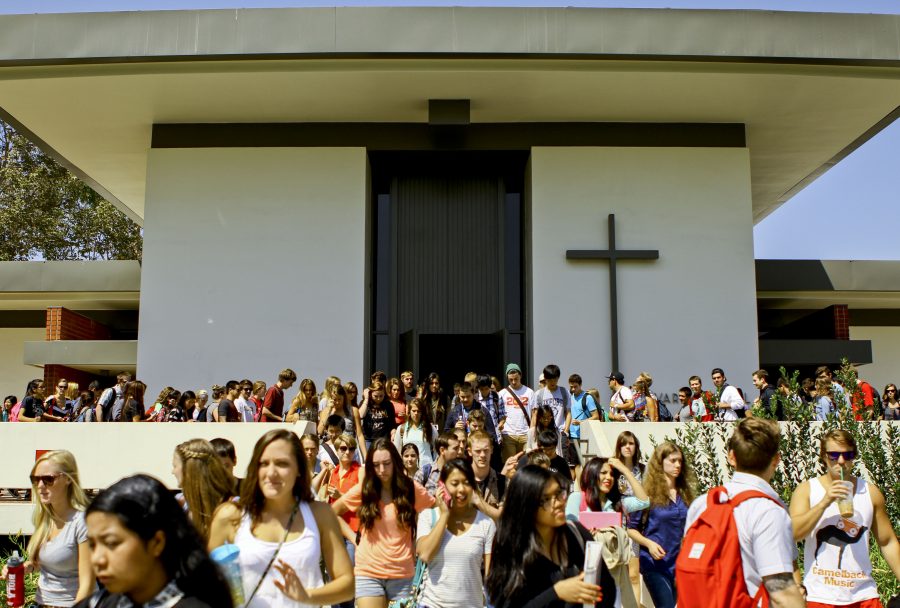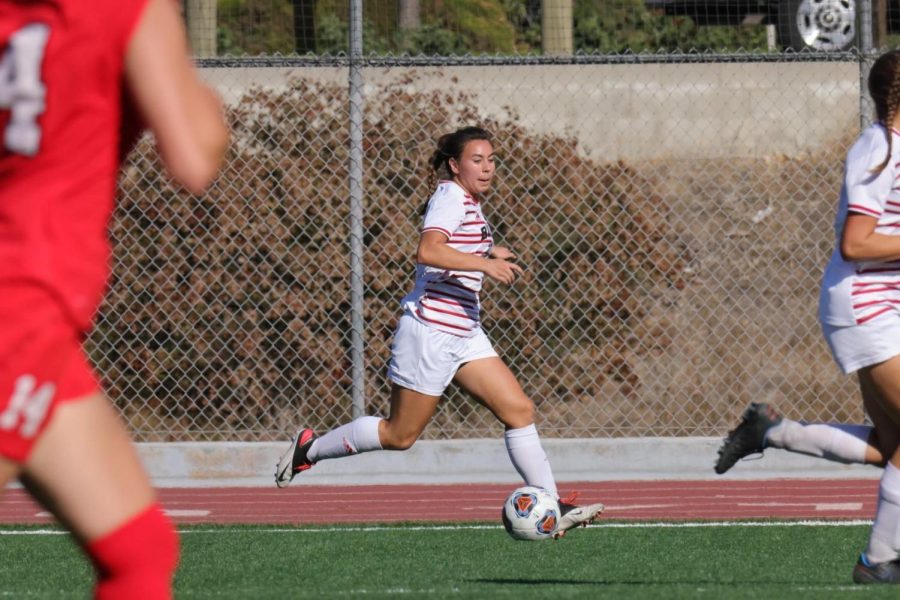When Biola began an annual Bible Conference in Los Angeles, the purpose found its roots in outward-facing radiation of Christ’s love to 6th and Hope’s surrounding community.
An Unfading Legacy
Dedicating an annual bible conference which drew people from around the globe to Southern California to R.A. Torrey may have seemed like a weighty decision for the board at the time. On the contrary, the struggling infant Bible Institute of Los Angeles hosted multiple bible conferences per year, in January and late spring as well as summer.
Following R.A. Torrey’s death in 1928, Biola dedicated its annual January bible conference to him, solidifying Biola’s dedication to representing a legacy that could not fade in the midst of the Great Depression. Pastors and theologians worked, some as volunteers, for a school that could not afford to pay many of them, and prayer bathed the building as great work continued to produce renowned scholars while many students struggled to find shelter, let alone an education.
The conference focused on planting itself and allowing surrounding churches to host sessions through 1936, inviting local pastors to speak as they graciously opened their doors to prestigious theologians and speakers from around the globe. Students had the opportunity of visiting nearby churches like Immanuel Presbyterian and Placentia Presbyterian, even as far as Santa Monica if they could get there during the week-long conference cycle.
Paul W. Rood, a pillar in Biola’s history, became president one year before the dedication of the bible conference to R.A. Torrey. The struggles of the time were many, and the university continues to acknowledge the diligence with which Rood kept the spirits of professors and students alike risen.
From the Roots Up
One of Paul W. Rood’s descendants continues to teach at Biola, professor of history Paul Rood. He has an acute dexterity with Biola archives, along with Stacie Schmidt, reference and instruction librarian and library liaison for education, history and political science.
“This is during the depths of the Depression, I mean, the school was hanging on by a thread. And many faculty had had to leave and those that stayed were doing it primarily volunteer,” Paul Rood said. “So they had always had a fall Bible conference and a spring Bible conference, since the very beginning. To be perfectly honest, Biola was a bible conference before it was a Bible institution. It grew out of the Bible conference movement.”
Documents resurfaced with the help of Schmidt, unveiling themes and years of the annual conference, including the first ever dedicated in 1936.
“The Torrey Conference was a whole week in January,” Schmidt said. “We’re working on a project called Institutional Repository, and the point of this is to provide a digital space to highlight a lot of different Biola collections. One of the main ones we’re beginning with is the King’s Business. So this will be all digitized and [Biola students will] be able to search for something like Torrey.”
Fred Sanders, Torrey Honors Institute professor of history, lifts a heavy book onto his desk with a soft thud. Several photocopied editions of the King’s Business, an infamous monthly magazine produced for decades by Biola staff, now discontinued but often labeled the Christianity Today of its time, carry the history of Torrey Conference down to yearly themes as well as lists of speakers.
A Mission of Service
“Biola’s founding vision, there’s a diagram the founders used to use which had two centers — a radiating center and a rallying center. And the idea was, you need to bring resources together, you have to have qualified Bible teachers and library and just all the resources that it takes. And that’s one of the things that’s always made Biola wonderful, is to serve surrounding Christians,” Sanders said.
The shift from outward focus to inward may have seemed like whiplash to professors watching the shift, but Sanders stresses the significance of both equally.
“It’s not like we’re doing something bad, but it is just ironic that we’re doing the opposite of what the founders used that tool to do,” Sanders said, of the conference.
The all-inclusiveness of Biola’s denomination selections also highlights another important aspect of Torrey’s history. The Bible Institute considered the conference successful due to highly “ecumenical, with many denominations” involved in preaching and hosting speakers, according to Sanders.
“[We’re not just focusing on one denomination], or even pulling people out of their denominations settings to come to some sort of non-denominational thing. The key word then was interdenominational,” Sanders said. “[Biola was in churches] all over southern California, all the Protestant churches. I shouldn’t say all, because more liberal churches did not like what was happening at the Bible Institute. But all the conservative ones with a lot of diversity.”
Paul Rood also explained the importance of realizing the mistakes which may be blown over by historical fallacy. While many primary sources and documents, such as the King’s Business, claim yearly accuracy, many times history can betray itself; unfortunately, stories often go down in history books that way.
For instance, the R.A. Torrey plaque on the first floor of Emerson Hall lists him as the First Dean of Biola, which in fact William Blackstone took that role. History tends to solidify facts before checking them with other sources, and with any historical inquiry, a level of care must be taken.







